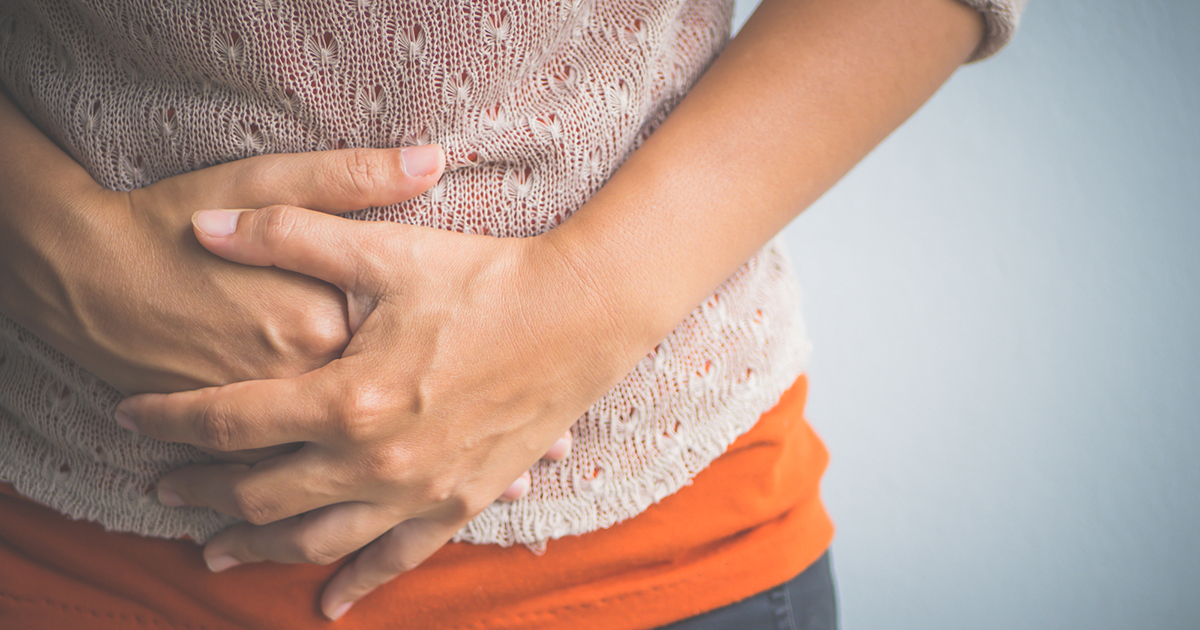How To Treat Urinary Incontinence
If a person is experiencing urinary incontinence, it means they are unable to control when they urinate. Urinary incontinence is a relatively frequent problem for both sexes, although women, especially those who have given birth, tend to have higher rates of it. Urinary incontinence occurs when an individual loses or has decreased control over the voluntary urethral sphincter.
Urinary incontinence can have many different causes, so the exact reason behind it will change from patient to patient. Some of the risk factors include smoking, obesity, and other stress-related factors. Additionally, as an individual gets older, they are more likely to develop urinary incontinence from the aging of the muscles that control urination.
Fluid And Diet Management

While this is not a miracle cure, fluid and diet management is an amazing way to help get urinary incontinence under at least some measure of control. To begin, an individual with urinary incontinence should drink only the amount of fluids needed to remain healthy and functional. Drinking more than what is needed will increases the body's urine output, making it much harder to avoid leakage. In the diet, patients should cut out certain items from the diet.
For example, caffeine, alcohol, and artificial sweeteners all have been shown to increase the output of urine and make it harder to control urination. Other things that may cause bladder irritation include milk, honey, coffee (both caffeinated and decaffeinated), spicy foods, and citrus. Reducing or eliminating these substances from the diet can be an excellent way to relieve urinary incontinence.
Protective Garments

Protective garments can reduce the embarrassment that sometimes comes with urinary incontinence. These types of garments are designed to be unnoticeable to others. Each product will have a different absorbency, and they come in assorted sizes, shapes, and colors. Absorbent pads are designed for women and can help keep urine off the skin. Different styles of underwear can also be used. For example, some are disposable undergarments that can usually hold more urine than a pad, and others are reusable undergarments.
These can also hold more urine than a pad, and they can be washed and used again, which can help save money if necessary. Some individuals also wear plastic pants over their underwear, which can prevent some urine from leaking out onto clothes or other surfaces. Regardless, these sorts of garments can be helpful for an individual who wants to have less laundry to do and less potential embarrassment.
